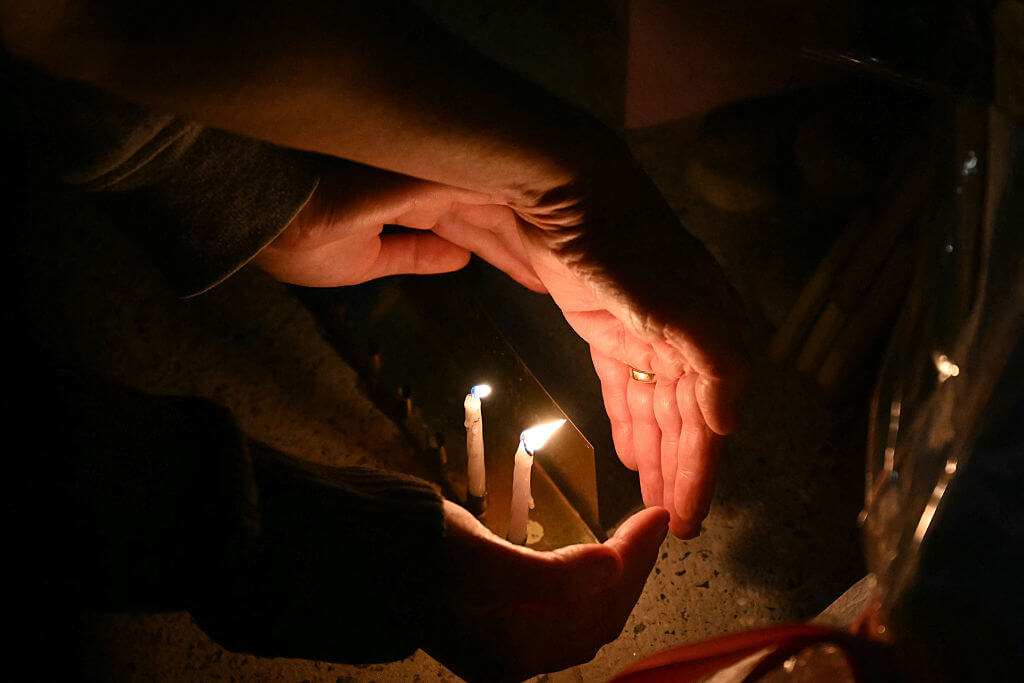A Tale of Two Jerusalems
This Jerusalem Day, Israel’s leaders once again trotted out the same old slogans. “We will never again allow Jerusalem to become a separated, bleak and divided city,” Prime Minister Benjamin Netanyahu declared, speaking at the national ceremony at Ammunition Hill. Jerusalem’s mayor, Nir Barkat, added: “On this day, from this platform, we shall say loud and clear: The struggle to unite Jerusalem has succeeded.”
Yet all one has to do is take a look over the invisible, yet obvious, line running between Arab and Jewish Jerusalem to see just how detached such statements are from reality. Whereas Jerusalem’s Jewish neighborhoods, both East and West, have all the modern amenities, Arab East Jerusalem is a Third World city in almost every respect: Garbage collection doesn’t exist along many streets; the city’s Arab neighborhoods are short some 30 miles of sewage pipes, contributing to constant sewage overflow and leaving many residents reliant on cesspools; half of the city’s Arab residents live in homes that are not connected (at least not officially) to the municipal water network; and the depressing list goes on and on.
Such disparities between Jerusalem’s Arab and Jewish neighborhoods cannot simply be chalked up to cultural differences. They are, first and foremost, the result of ongoing policies of both the municipal and national governments.
Let’s start with poverty and social services: 65% of East Jerusalem’s Arab population lives below the poverty line, compared to 30% of the city’s Jewish population. Despite this socio-economic gap, only three out of 23 social welfare offices in the city are located in East Jerusalem’s Arab neighborhoods. These three understaffed and overburdened centers are expected to serve the third of the city’s population that is Arab.
Then there is East Jerusalem’s Arab public educational system, which is in a state of crisis. In 2008, the city’s Arab sector was short nearly 1,000 classrooms, the state comptroller reported. Classes are overcrowded, and half of classroom facilities are substandard, according to municipality statistics. The post-elementary dropout rate in the Arab sector stands at a whopping 50%. None of this is surprising given the discrimination in budget allocation. For example, in 2008 the Jerusalem Municipality’s per-student allocation for elementary schools’ operating expenses was four times greater for Jewish state schools than it was for Arab public schools.
This pattern of inequality extends to housing policy as well. Despite the fact that the city’s Arab population has increased 450% since Israel’s annexation of East Jerusalem in 1967, not a single new Arab neighborhood has been authorized, even as there have been massive expropriations of Arab-owned land to establish new Jewish neighborhoods.
Moreover, Arab neighborhoods lack adequate, up-to-date zoning plans, without which building permits often cannot be obtained. This in turn leaves residents with no alternative but to build illegally. The result is that many Arab homes are not properly connected to water, sewage and electricity systems, forcing Arab residents to access utilities via illegal or makeshift methods. East Jerusalem’s Arab residents are thus left with a choice between living in horrendous conditions in their city or leaving it.
Jerusalem is many things, but “united” is not one of them. Should we “struggle to unite Jerusalem”? The answer depends on one’s political vision for the city’s future. But if we care about present-day-Jerusalem, then we should struggle to ensure that all Jerusalemites are able to enjoy equal services and rights.
Ronit Sela is a spokesperson for the Association for Civil Rights in Israel.















